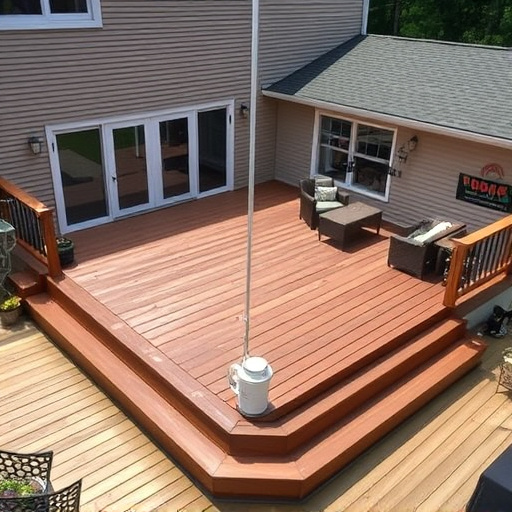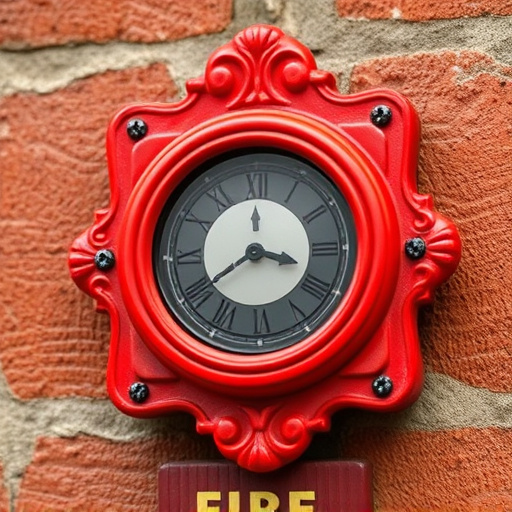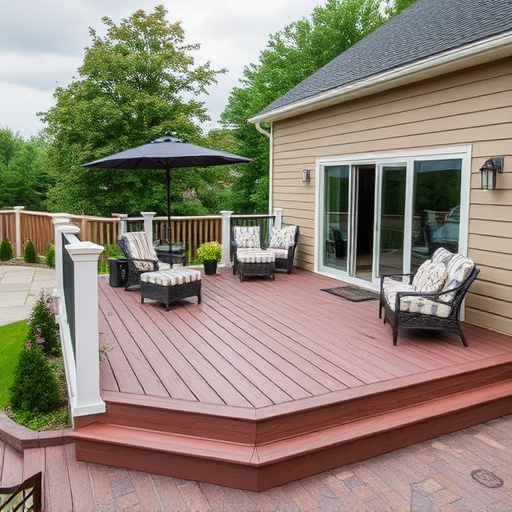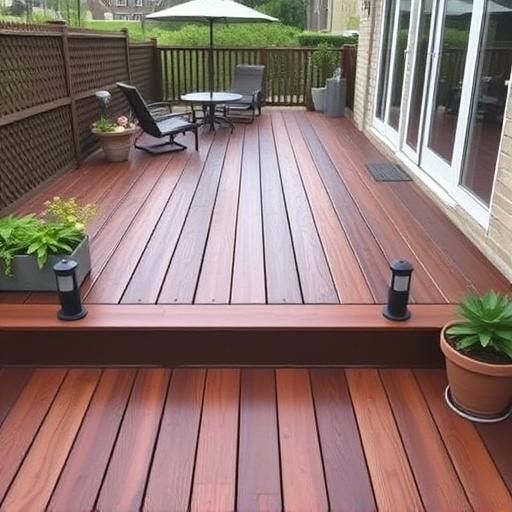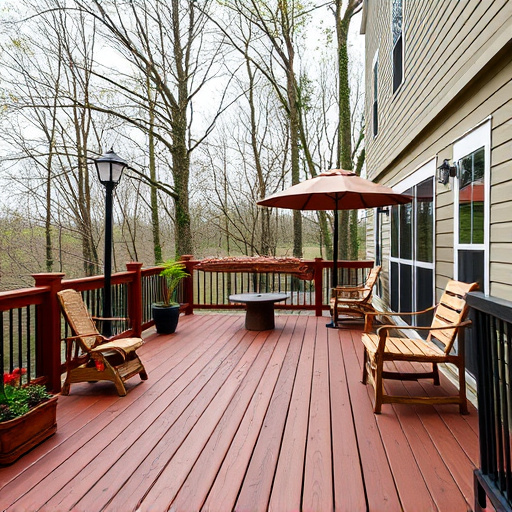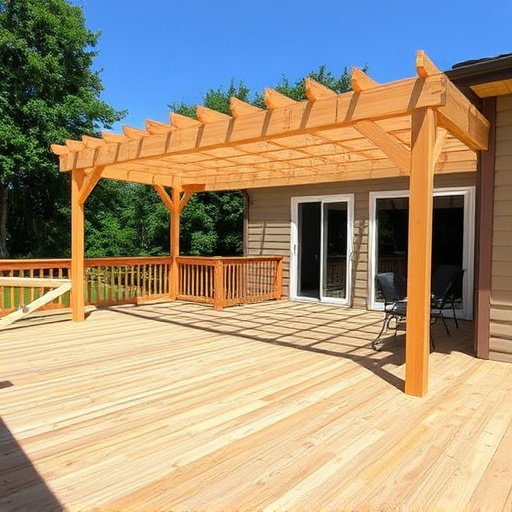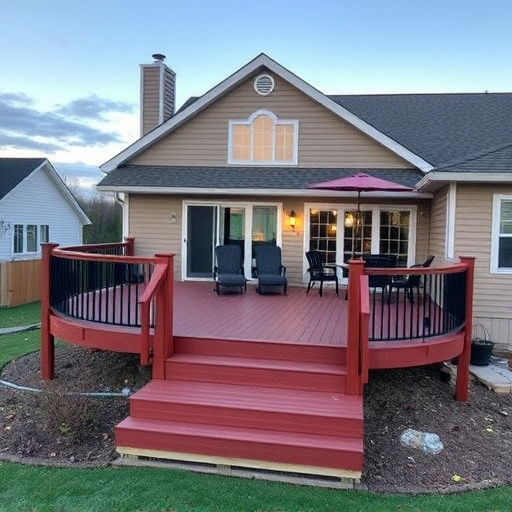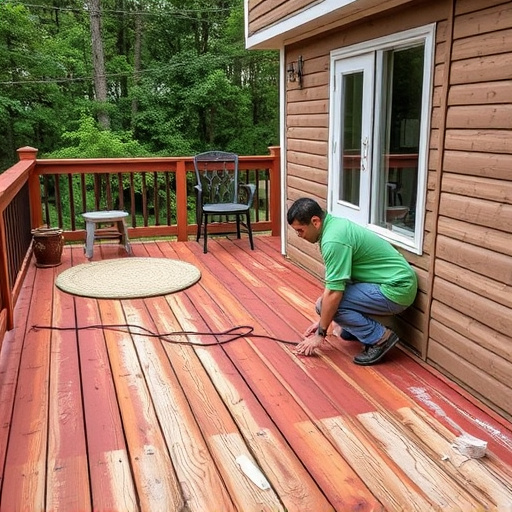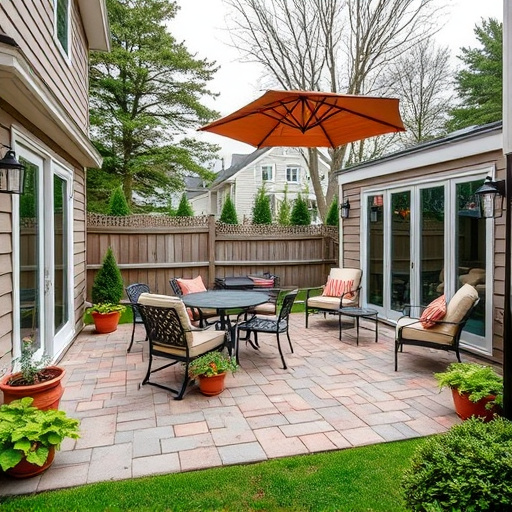Creating safe, enjoyable outdoor spaces is crucial for deck builders, focusing on slip-resistant decking materials like textured wood-composite options or non-slip coatings to reduce fall risks. Prioritizing safety involves proper drainage, well-lit pathways, and regular maintenance. Tailoring services to meet unique client needs, including style, functionality, and safety, ensures satisfaction and increases property value through comprehensive home exterior services that integrate innovative solutions like siding installations and roof replacements.
In the realm of deck building, delivering an exceptional customer experience is a game-changer. This article navigates the intricate process of creating slip-resistant decking while ensuring client satisfaction. We explore identifying and mitigating slip-and-fall risks, understanding diverse client preferences, and emphasizing safety in every installation. Furthermore, it delves into strategies for enhancing communication, offering personalized solutions, and showcasing expertise in slip-resistant decking options. Ultimately, best practices for post-installation support are outlined to foster long-term relationships through comprehensive aftercare service, solidifying your business’s reputation as a trusted deck builder.
- Understanding Customer Needs for Slip-Resistant Decking
- – Identifying slip-and-fall risks
- – Different client preferences and requirements
Understanding Customer Needs for Slip-Resistant Decking
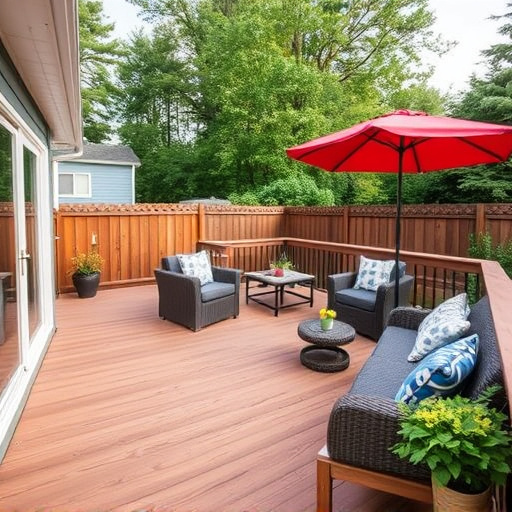
Creating a safe and enjoyable outdoor space for customers is every deck builder’s goal, especially when it comes to slip-resistant decking. Understanding customer needs in this regard is paramount, as many clients seek surfaces that minimize the risk of falls and accidents, particularly in commercial roofing or residential roofing settings. A key consideration is the choice of materials and finishes that offer superior grip and traction, ensuring pedestrians can move around safely, even in slick conditions.
For instance, incorporating anti-slip coatings or textures on decking boards can significantly reduce the likelihood of slips and falls. This is especially important in high-traffic areas where commercial siding installation might be ongoing, or in residential settings where children and elderly individuals frequent the outdoor spaces. By prioritizing slip-resistant features, deck builders not only enhance customer satisfaction but also contribute to creating safer environments for all users, regardless of age or mobility.
– Identifying slip-and-fall risks
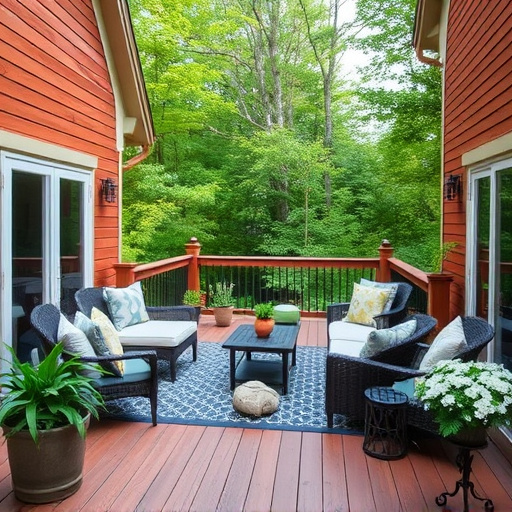
When building or renovating a deck, it’s crucial to identify potential slip-and-fall risks to ensure customer safety and satisfaction. One common area of concern is the choice of decking materials, especially in outdoor spaces where moisture and varying temperatures can affect traction. Opting for slip-resistant decking surfaces is essential, particularly in areas with high foot traffic or near pools or water features. There are various options available, such as textured wood-composite decks or specialized non-slip coatings, that can significantly reduce the risk of accidents while adding style and value to your outdoor living space.
Additionally, deck builders should consider the overall layout and design. Proper drainage systems, well-lit paths, and clear flight spaces between obstacles are integral parts of creating a safe environment. Regular maintenance, including cleaning and sealing decks, is another key factor in preventing slips and falls. By addressing these aspects, siding services professionals can ensure not only the aesthetic appeal but also the safety and longevity of their clients’ outdoor deck installations, potentially leading to happier customers and reduced liability concerns, including any need for roof replacement down the line.
– Different client preferences and requirements
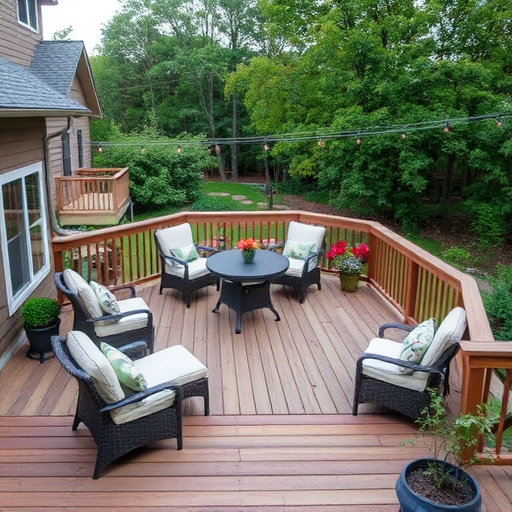
Every client has unique preferences and requirements when it comes to their decking project. Some may prioritize style and aesthetics, opting for intricate designs and custom features that reflect their personal taste. Others might be more focused on functionality, seeking decks that are spacious and well-suited for entertaining guests or hosting outdoor gatherings. Additionally, safety is a significant concern for many homeowners, especially when it comes to slip-resistant decking solutions. This is particularly important for those with elderly family members or young children who may be at higher risk of falling.
Understanding these diverse preferences and requirements is essential for deck builders. By offering tailored services and incorporating the latest innovations, such as slip-resistant treatments, builders can ensure client satisfaction and create outdoor spaces that truly meet the needs of their owners. Moreover, providing expertise in home exterior services, including siding installations or roof replacements, allows deck builders to offer comprehensive solutions, enhancing the overall curb appeal and longevity of a property.
When it comes to providing the best customer experience in deck building, prioritizing slip-resistant decking options is essential. By understanding both the risks involved in potential slips and falls and accommodating diverse client preferences, builders can offer tailored solutions that enhance safety without compromising aesthetics. Incorporating slip-resistant features into your decking projects not only ensures a safer environment for homeowners but also sets you apart as a deck builder who prioritizes customer satisfaction and well-being.


